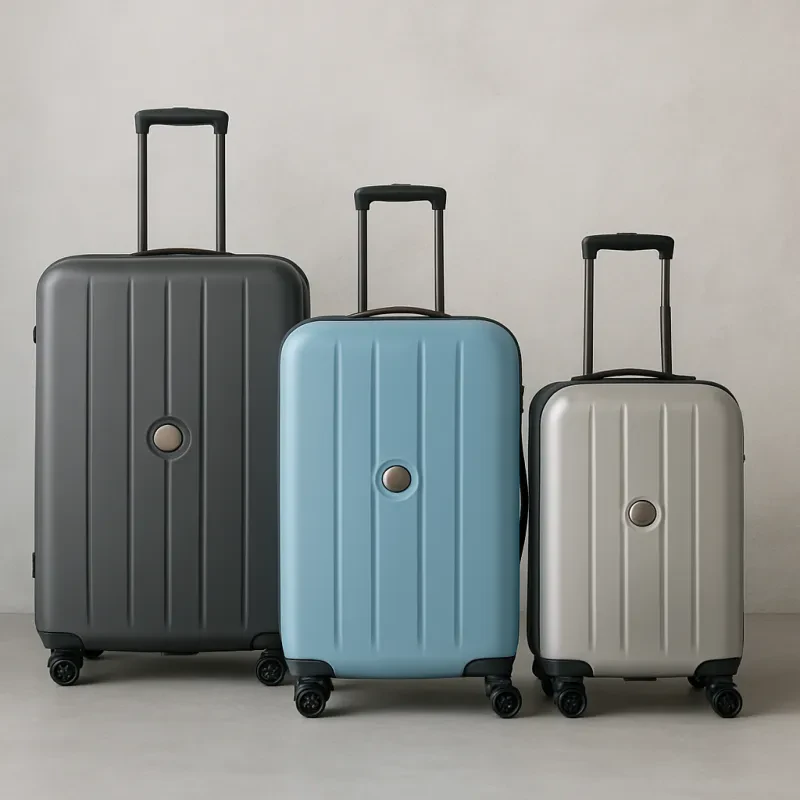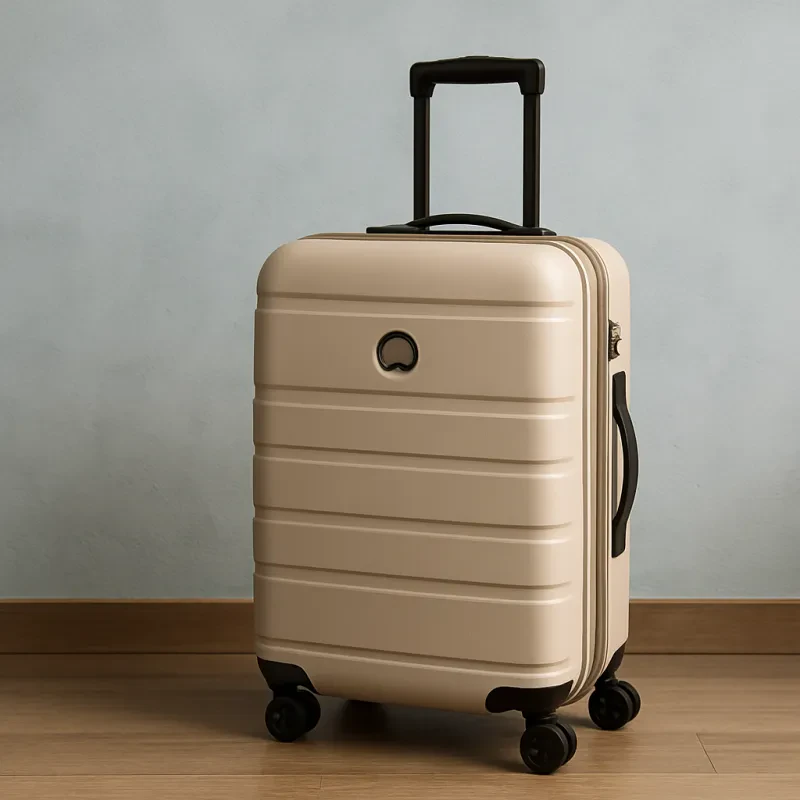Most airlines have a standard size limit for carry-on bags, typically around 22 x 14 x 9 inches. It's important to note that these dimensions include any external pockets or wheels, so be sure to measure your bag before you head to the airport. Additionally, airlines also impose weight restrictions on carry-on luggage, typically ranging from 15 to 40 pounds. Exceeding these limits can result in having to check your bag or pay a hefty fee, so it's best to pack light and check your bag's weight before you leave home.
To ensure your carry-on luggage meets size and weight restrictions, opt for lightweight materials and compact designs. Look for bags with multiple compartments and organizers to maximize space and keep your belongings organized. Consider investing in a luggage scale to weigh your bag before you head to the airport, and be mindful of any additional items you plan to bring on board, such as laptops or personal items. By choosing carry-on luggage that meets airline regulations, you can breeze through security and enjoy a stress-free travel experience.
Durability and Material Quality
When it comes to choosing the best carry-on luggage, durability and material quality are two essential features that cannot be overlooked. The last thing you want is to invest in a piece of luggage that falls apart after just a few trips. Look for luggage that is made from high-quality materials such as durable nylon or polyester. These materials are not only lightweight, but they are also resistant to tears and abrasions, ensuring that your luggage can withstand the wear and tear of frequent travel.
Another factor to consider is the construction of the luggage. Look for reinforced seams and sturdy zippers that can withstand the rigors of travel. Luggage with a hard shell exterior is also a great choice for those looking for extra protection for their belongings. ABS or polycarbonate shells are both lightweight and durable, providing excellent protection for your items while also being easy to clean and maintain.
In addition to the materials used, it is also important to consider the overall design of the luggage. Look for luggage that features ergonomic handles and smooth-rolling wheels for easy maneuverability through crowded airports. Adjustable handles and multiple carrying options, such as top handles and side handles, can also make carrying your luggage more comfortable. By choosing carry-on luggage with superior durability and material quality, you can ensure that your belongings stay safe and secure during your travels.
Organization and Compartments
One essential feature to consider when choosing the best carry-on luggage is organization. Having compartments and pockets to store your items in a systematic way can make traveling much more convenient. Look for luggage that has multiple compartments, both inside and out, to help keep your belongings organized and easily accessible. This will make it easier to find what you need without having to dig through your entire bag.
Another important aspect to consider is the size and layout of the compartments. Make sure the interior of the luggage is designed in a way that maximizes space and allows for efficient packing. Look for compartments that can hold different types of items, such as a separate section for shoes or a padded pocket for electronics. Having a well-thought-out organization system can help you pack more efficiently and make the most of the space in your carry-on bag.
Additionally, consider the durability of the compartments in the luggage. Make sure that the zippers, pockets, and dividers are made from high-quality materials that can withstand the wear and tear of travel. A sturdy and well-constructed organization system can help protect your belongings and keep them safe during your journey. Prioritize luggage that is not only functional but also durable to ensure that your carry-on bag will last for many trips to come.
Security and Locking Mechanisms
One common security feature found in many carry-on luggage is TSA-approved combination locks. These locks allow TSA agents to easily inspect your luggage if necessary without damaging the lock. This provides peace of mind for travelers, knowing that their belongings are secure while still complying with travel regulations.
Another key locking mechanism to look for in carry-on luggage is self-repairing zippers. These zippers are designed to automatically fix themselves if they are forced open, providing an added layer of protection against tampering. This feature is especially useful for safeguarding your belongings from thieves or accidental spills during transit.
In addition to locks and zippers, some carry-on luggage also come equipped with RFID-blocking technology. This feature helps protect your personal information stored in passports, credit cards, and other travel documents from being scanned by thieves. By investing in carry-on luggage with advanced security features, travelers can rest assured that their belongings are safe and secure throughout their journey.


